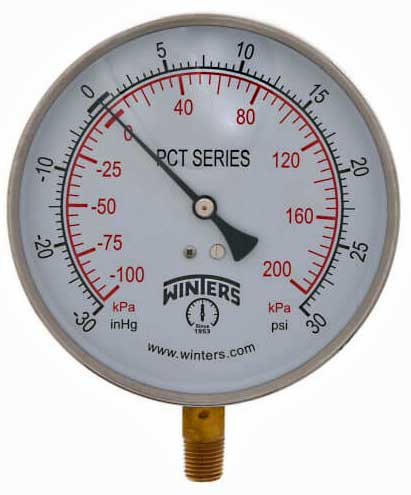If you install a tank 30'-40' above the house, it will take 17 PSI pressure to put water in that tank. Then less than 17 PSI is all the gravity pressure you will have, which isn't enough. The same thing with a pressure tank. You will only get out as much pressure as you can put in, which isn't much. Plus to get a pressure tank that would hold 50 gallons of water you would need two 119 gallon size pressure tanks.
I would just install a jet pump with a PK1A control kit on the line and see if it can supply enough water for the jet pump. If not, go back and add a cistern to draw water out of.

I would just install a jet pump with a PK1A control kit on the line and see if it can supply enough water for the jet pump. If not, go back and add a cistern to draw water out of.

